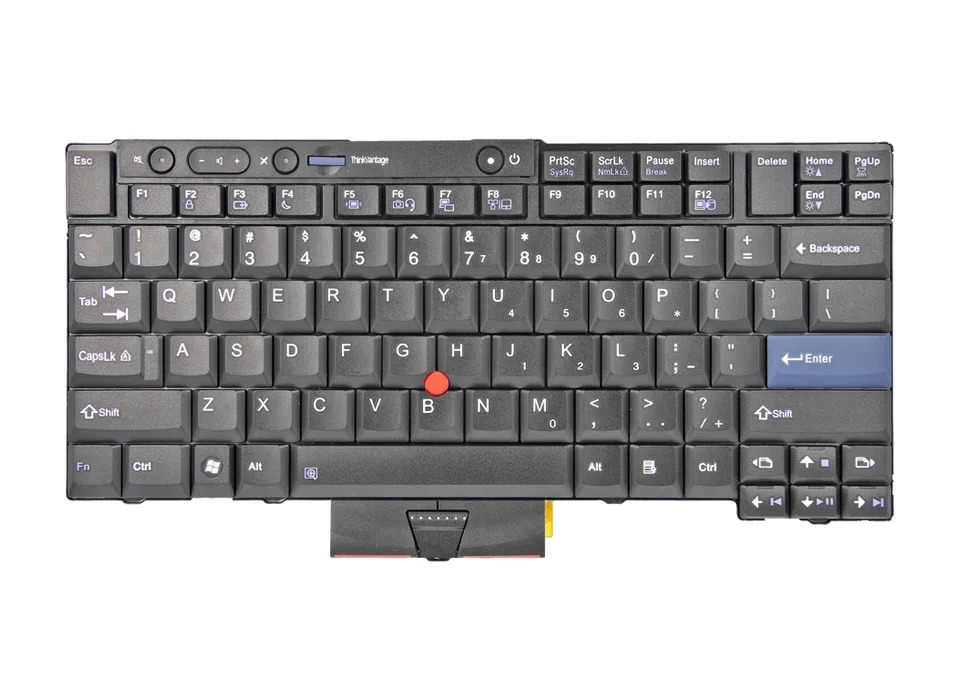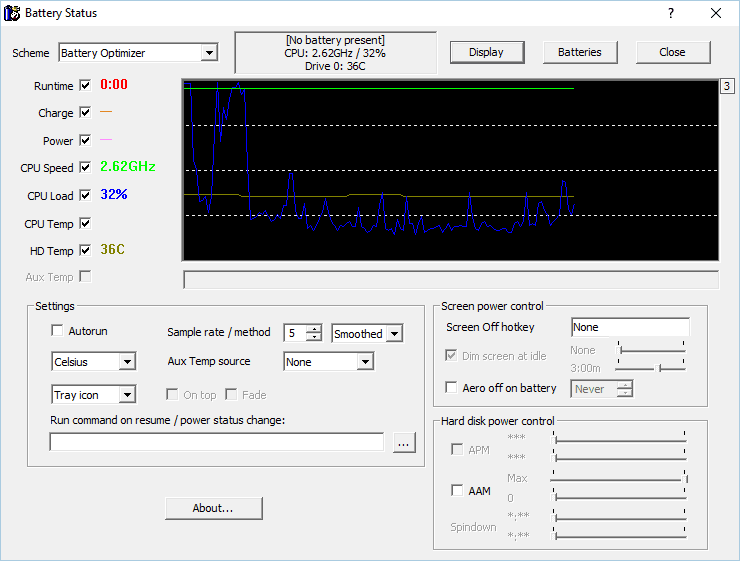
Step 1: Charge your battery to 100% or to whatever max percentage it can reach and leave it there for about 2 hours to cool down. If you have to manually recalibrate a battery, the procedure is pretty straight-forward: A lot of manufacturers have released calibration tools for specific laptop models, so first perform a Google search with your computer model + battery calibration. You can tell whether your battery needs calibration if your battery never charges to 100% (say only to 95%) or if the OS says you have 35 min of battery remaining, but the computer dies either much sooner or much later. This can happen if the laptop is always plugged in or if the battery was never let to die all the way. Recalibrating a battery is done because sometimes the operating system cannot figure out how much capacity is left in the battery. In that case, you may benefit from a recalibration. With most newer batteries, this is no longer necessary, but if your battery is dying, then it’s probably a pretty old battery. You may think your battery is on it’s last leg, but it could simply be that it’s getting too warm and therefore loses charge faster.

I have an old Sony VAIO laptop and I saw a significant increase in laptop battery life when I bought a laptop cooling pad off Amazon. If you have a laptop that gets really hot, it can damage the battery and cause the shortness in battery life. If you have a lithium ion based battery, you can increase it’s life by making sure your laptop is cool. For lithium ion batteries, you can’t restore, but you can possibly extend the life of a battery. You’ll have to find your laptop specs to see what kind of battery you have. Unfortunately, there is no way to restore a lithium battery. If you try this on a lithium battery, it’ll make the battery life worse. Note that you should only perform this on NiCD or NiMH batteries. That should be it! Unless your battery is leaking acid, you should get some kind of bump in the battery life. Now repeat steps 4 and 5 at least 4 times: charge all the way to full, then discharge completely. Step 5: Once charged, unplug the power and let the battery drain all the way down. Step 4: Reinsert the laptop battery and charge it completely.

Be sure to wrap it in a towel and wipe away any condensation as it warms up. Step 3: Once you take it out, remove the plastic bag and let the battery warm up until it reaches room temperature.

Some people suggest leaving it for longer, but I wouldn’t leave it for more than 24 hours. Step 2: Go ahead and put the bag into your freezer and leave it there for about 12 hours. Step 1: Take your battery out and place it in a sealed Ziploc or plastic bag.


 0 kommentar(er)
0 kommentar(er)
